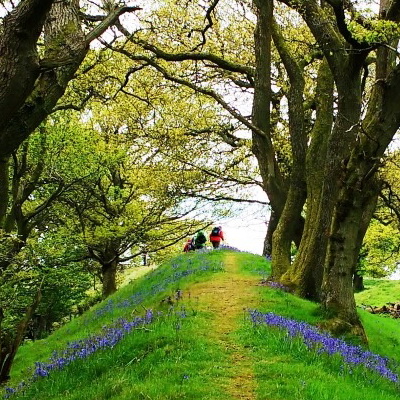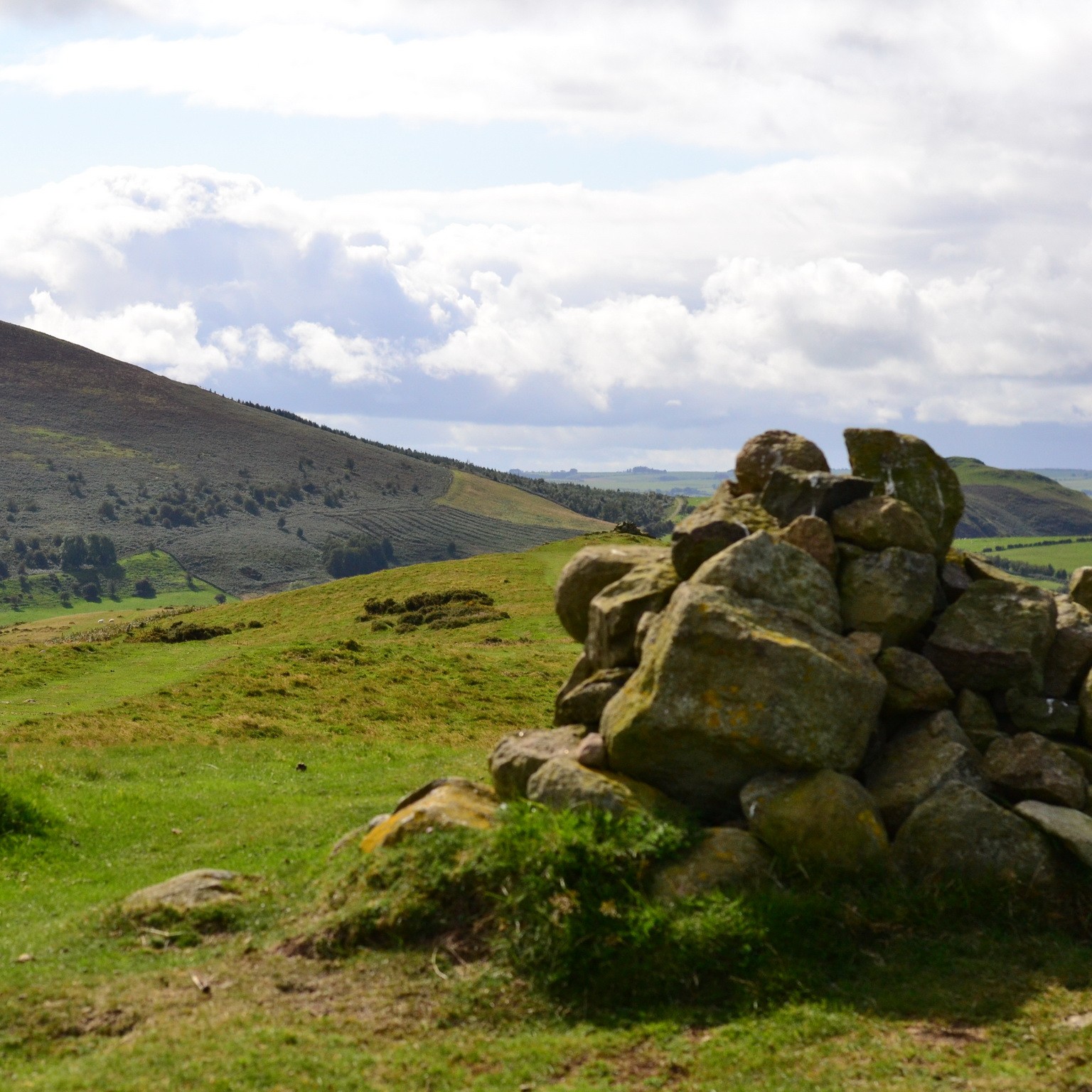New five-year Plan for the Shropshire Hills National Landscape, 2025-30.
The Plan aims to guide sustainable future directions for the Shropshire Hills. This is based on the legal purpose for which the area is designated – to conserve and enhance natural beauty, and on addressing the challenges we face.
It has been developed by a broad Partnership set up for this purpose. The Plan represents local priorities as well as taking account of influences from outside the area including global environmental change and national policies.
Click below to download the draft Plan:
download Thriving in Balance with Nature
Click on the links below to hear 2 minute audio or 20 minute presentation about the new Plan:
Other pdf downloads related to the new Plan:
- Habitats Regulations Assessment baseline report, June 2025
- State of the Shropshire Hills report, June 2025
- Sustainability Appraisal Report, August 2025
- Sustainability Appraisal non-technical summary, August 2025
- Sustainability Appraisal matrix, August 2025
Thriving in balance with nature is our vision for the Shropshire Hills.
The Plan is built around six priority themes; nature, climate, water, land, people & place.
The Plan aims to influence and guide landowners, organisations and individuals on a wide range of topics by setting out how to best manage the Shropshire Hills landscape. It includes policies to influence decisions which affect the area and identifies desired actions for partners to deliver.
This is a balance of ambition and realism. The Shropshire Hills National Landscape designation brings some legal protection and some funding, but neither are adequate to meet the challenges we face.
Local area issues and priorities
Click onto these links to read the Plan's area sections:
- Long Mynd & Stiperstones
- Stretton Valley
- Wenlock Edge & Dales
- Clun Forest & Valley
- Clee Hills
- Wrekin Forest
Making the Plan happen is a shared responsibility and everyone can contribute.


